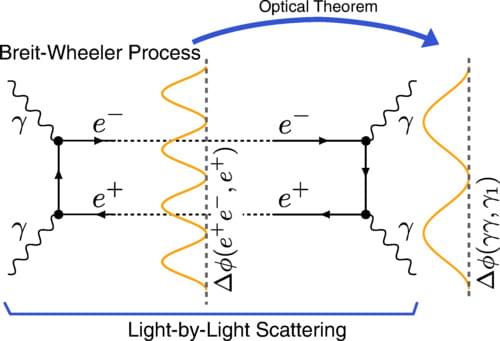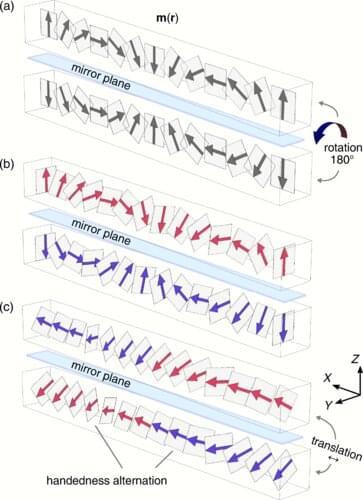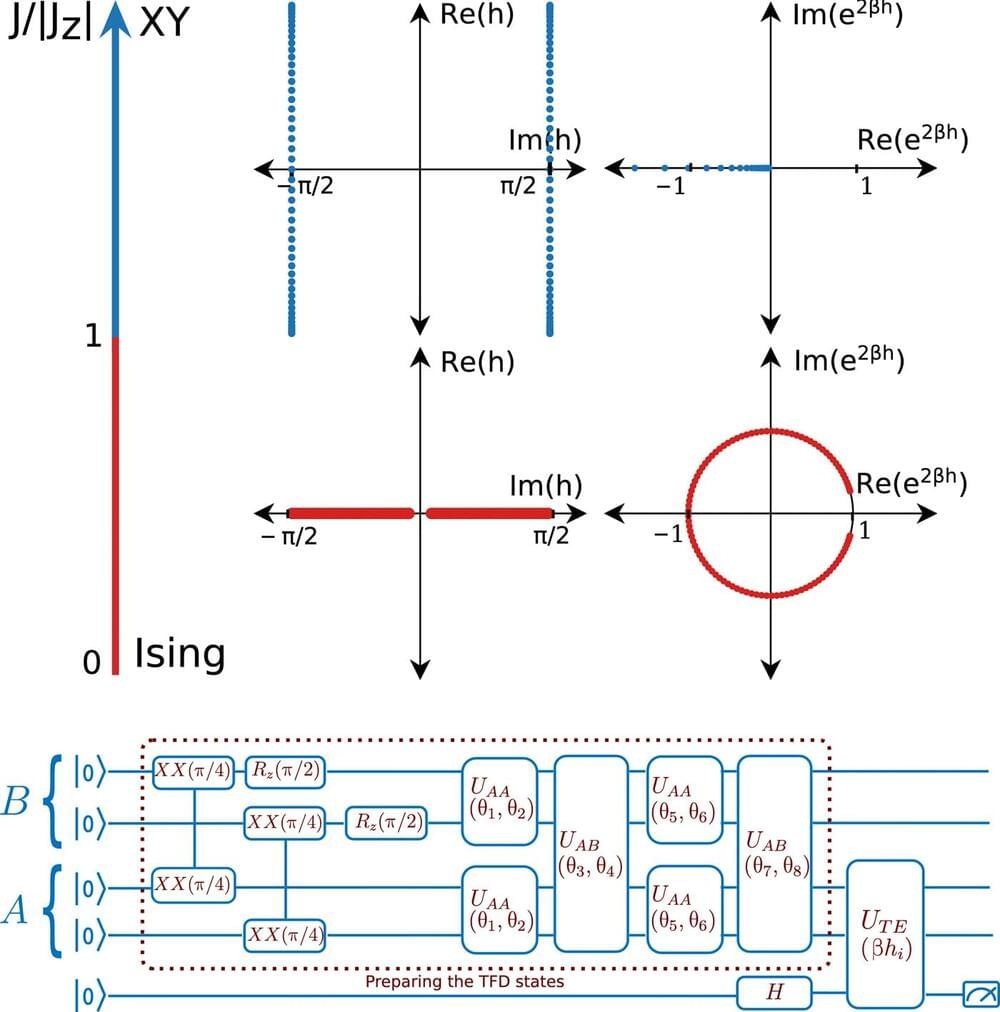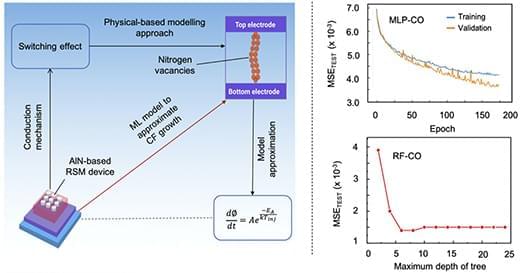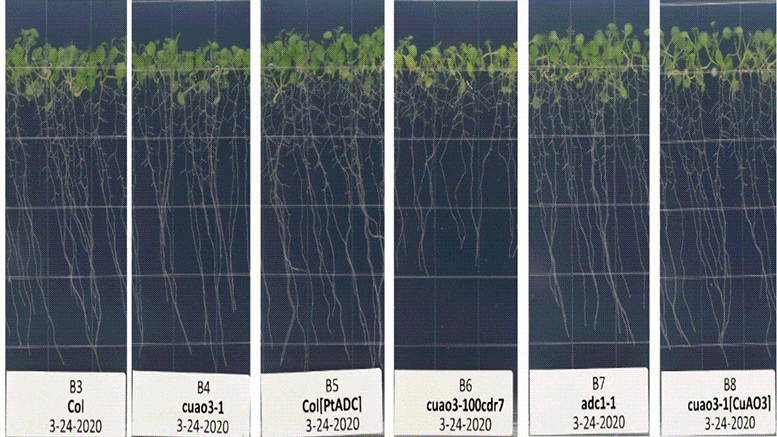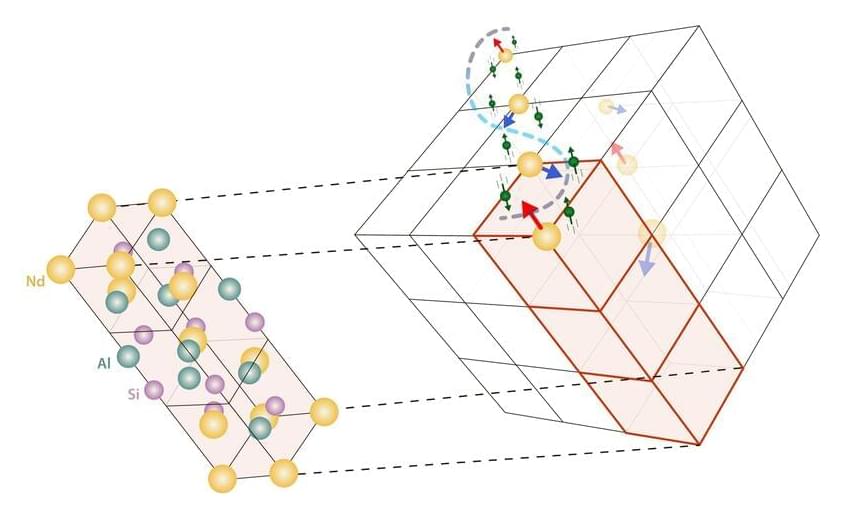The Breit-Wheeler process which produces matter and antimatter from photon collisions is experimentally investigated through the observation of 6085 exclusive electron-positron pairs in ultraperipheral Au+Au collisions at √sNN=200 GeV. The measurements reveal a large fourth-order angular modulation of cos4Δϕ=(16.8±2.5)% and smooth invariant mass distribution absent of vector mesons (ϕ, ω, and ρ) at the experimental limit of ≤0.2% of the observed yields. The differential cross section as a function of e+e− pair transverse momentum P⊥ peaks at low value with √⟨P2⊥⟩=38.1±0.9 MeV and displays a significant centrality dependence. These features are consistent with QED calculations for the collision of linearly polarized photons quantized from the extremely strong electromagnetic fields generated by the highly charged Au nuclei at ultrarelativistic speed. The experimental results have implications for vacuum birefringence and for mapping the magnetic field which is important for emergent QCD phenomena.
